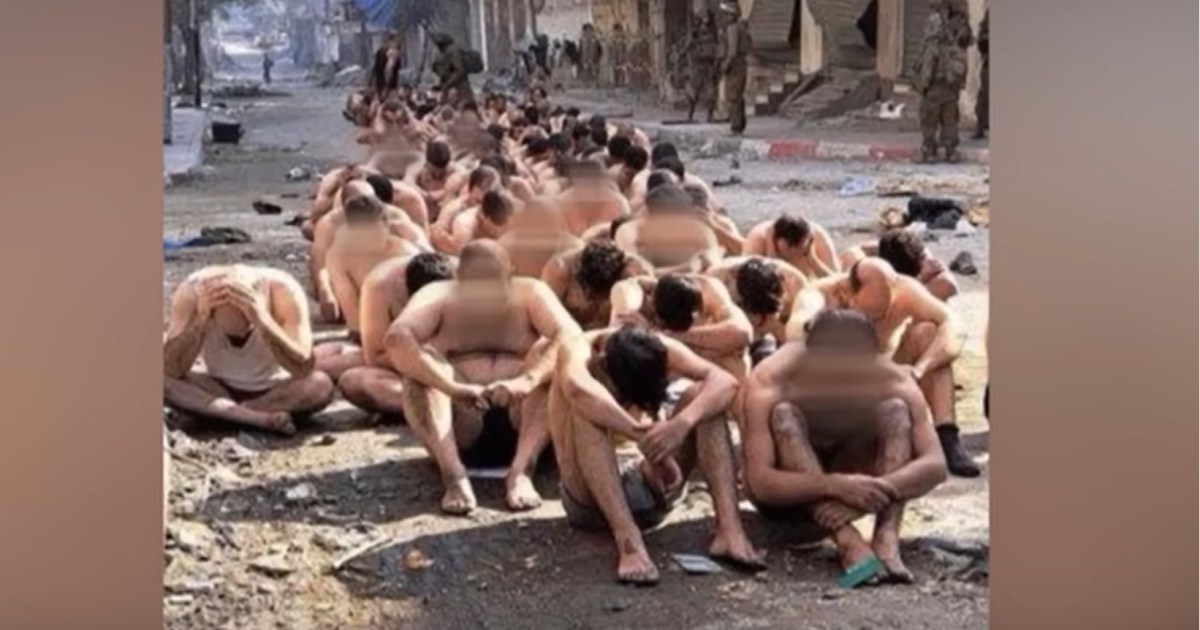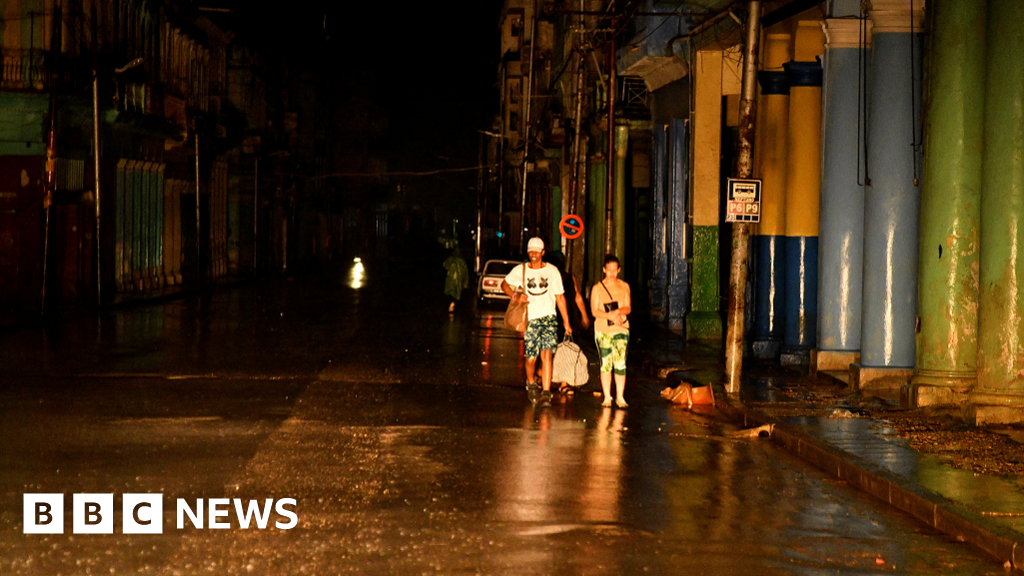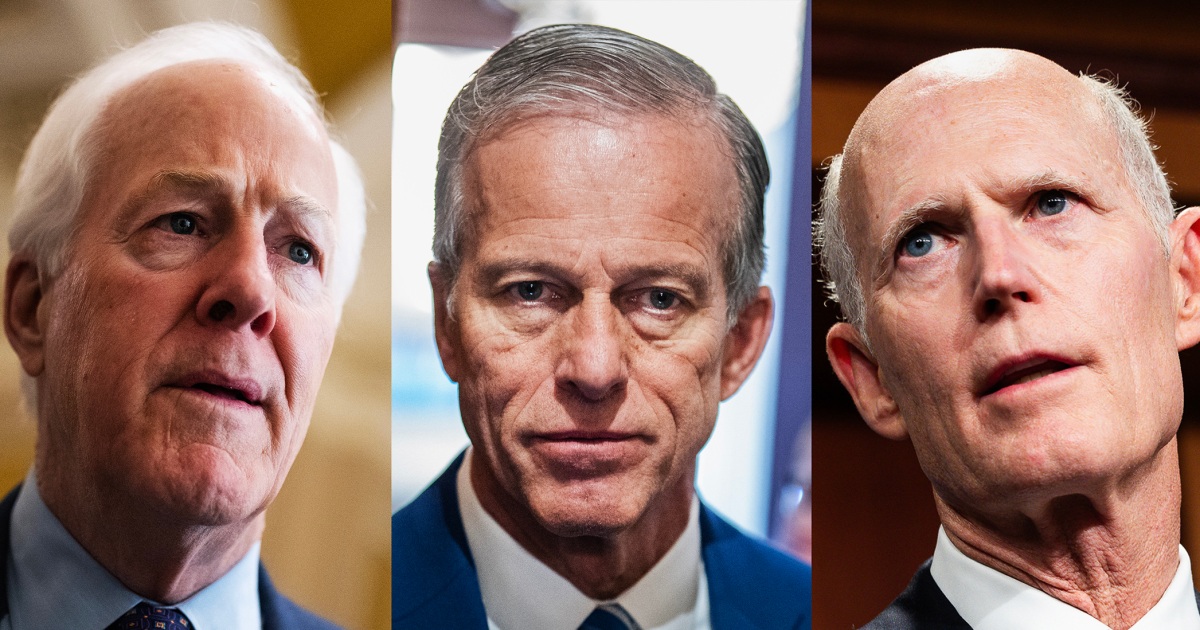Over the past few days, photos and videos of Palestinian men and boys stripped, lined up and taken away in trucks by the Israeli army have been circulating on social media.
Israel has claimed that these are suspected Hamas fighters that it has rounded up in northern Gaza. It has even published photos and a video of a Palestinian man in his underwear walking past a row of stripped men and boys holding their ID cards, and laying a gun by the side of the road as “evidence” that these are indeed “militants”.
But a closer look at this video reveals that it was staged. It makes no sense that the Israeli soldiers, upon discovering an armed fighter, would wait to strip and line up everyone, prepare to take a video and then order that person to surrender his weapon through a loudspeaker, calling him “habibi” (my dear in Arabic).
Media reports later revealed that the Israeli army had forcibly taken the Palestinian men and boys after separating them from their families in United Nations-run schools which serve as shelters for the displaced in northern Gaza. Some of the men have been identified as UN workers, aid workers and at least one journalist. The man who was made to hold the gun is believed to be a shopkeeper.
While the video stunt with the gun may be another desperate attempt by the Israeli army to cover up its crimes before Western audiences, the release of the images and footage showing the humiliation of Palestinian men and boys serves another purpose.
It aims to demoralise Palestinians while boosting the morale of the Israeli public. It is a clear reflection of the ideology of occupation, where Palestinians are seen as a people to be subdued and dominated, if not mercilessly killed.
Abusing Palestinians to ‘boost Israeli morale’
The release of these images and footage comes amid a growing number of reports that the Israeli army is systematically separating Palestinian boys and men from their families in areas they control in Gaza and dragging them away to unknown locations.
Those who have been released have described torture and beatings at the hands of Israeli soldiers. The fate of many remains unknown, but given the deaths of at least six Palestinian prisoners and reports of widespread torture and other ill-treatment, there is a high chance they will face abuse as well.
The videos and images circulating on social media have helped journalists and activists identify some of the detained, disproving Israeli claims that these are Hamas fighters.
Hani Almadhoun, an employee at a US-based charity that fundraises for UNRWA, has said he saw his brother Mahmoud, a shopkeeper, among the detained as well as his 27-year-old nephew Abood. He told the Guardian that his father and 13-year-old nephew Omar were also detained.
Diaa al-Kahlout, a correspondent for Al-Araby Al-Jadeed (The New Arab) who was also taken away along with his brothers, was recognised by colleagues in one of the videos. The outlet reported that Israeli soldiers detained them in their homes and expelled their wives and children before setting the homes on fire.
The act of publishing these humiliating images is a violation of the Geneva Convention, which prohibits “cruel treatment and torture” and “outrages upon personal dignity, in particular humiliating and degrading treatment”.
The images and videos have caused global outrage and comparisons of Israeli actions to the US “rendition” programme and torture at black sites, Abu Ghraib prison in Iraq and Guantanamo detention centre, as well as to the genocidal practices of Serb militias in the Bosnian war.
Even Israeli insiders have baulked at this behaviour. Retired Israeli Brigadier-General Shlomo Brom told NPR that the images shouldn’t have been published on account that they were humiliating.
So if these images and footage reveal yet another crime the Israeli army is committing in Gaza, why did it release them?
According to Brom, this was aimed at boosting morale in Israel and waging a “psychological war against Hamas”.
Embracing viral humiliation
This systematic humiliation is not new in the context of the Israeli-Palestinian conflict. As Palestinian scholar Ramzy Baroud has argued, “humiliating Palestinians is actual Israeli policy”. Haaretz correspondent Amira Hass has described the humiliation of Palestinian prisoners in Israeli jails as a “routine tactic”.
While the daily humiliation of Palestinians has perhaps remained unnoticed by the rest of the world, the degrading treatment of rounded-up Palestinian men and boys has been seen across the world. Digital technology has helped these acts of humiliation go viral.
Other videos that have gone viral since October 7 as well show Israeli soldiers defecating in the Palestinian homes they have invaded, smashing up toys in a Palestinian shop and laughing, and abusing Palestinian detainees.
Publicising the abuse of Palestinian men and boys amplifies their humiliation. The act of arrest is distinct from the publication of images showing degrading treatment. By broadcasting these images, the humiliation is not confined to the moment or to the individuals directly involved. Instead, it becomes a public display, viewed by potentially millions of people.
American scholar Susan Sontag’s insight into the role of photography in objectifying human suffering is particularly relevant here. She notes, “Photographs objectify: they turn an event or a person into something that can be possessed.”
In the context of these events, the photographs serve to objectify the victims, reducing them to mere images that can be shared and viewed detached from their humanity. This objectification strips the victims of their individuality and dignity, reducing them to symbols of humiliation.
It also serves as an attempt to further dehumanise and “other” Palestinians in front of the Israeli public and the rest of the world. It is part and parcel of the global Israeli campaign to present the Palestinian people as “subhuman” and justify their mass killing.
The publication of these photos and videos is not just a documentation of an act of humiliation; it is an act of humiliation in itself. It magnifies the impact of the initial abuse, transforming a moment of suffering into a public spectacle of degradation, thereby deepening the psychological and emotional wounds inflicted on the victims and their community.
In the end, this is not about humiliating Hamas, but about humiliating all Palestinians and dehumanising them in front of the largest audience possible.
The views expressed in this article are the author’s own and do not necessarily reflect Al Jazeera’s editorial stance.
#Fact #fiction #Israel #rounding #Hamas #fighters #Gaza











Leave a Reply